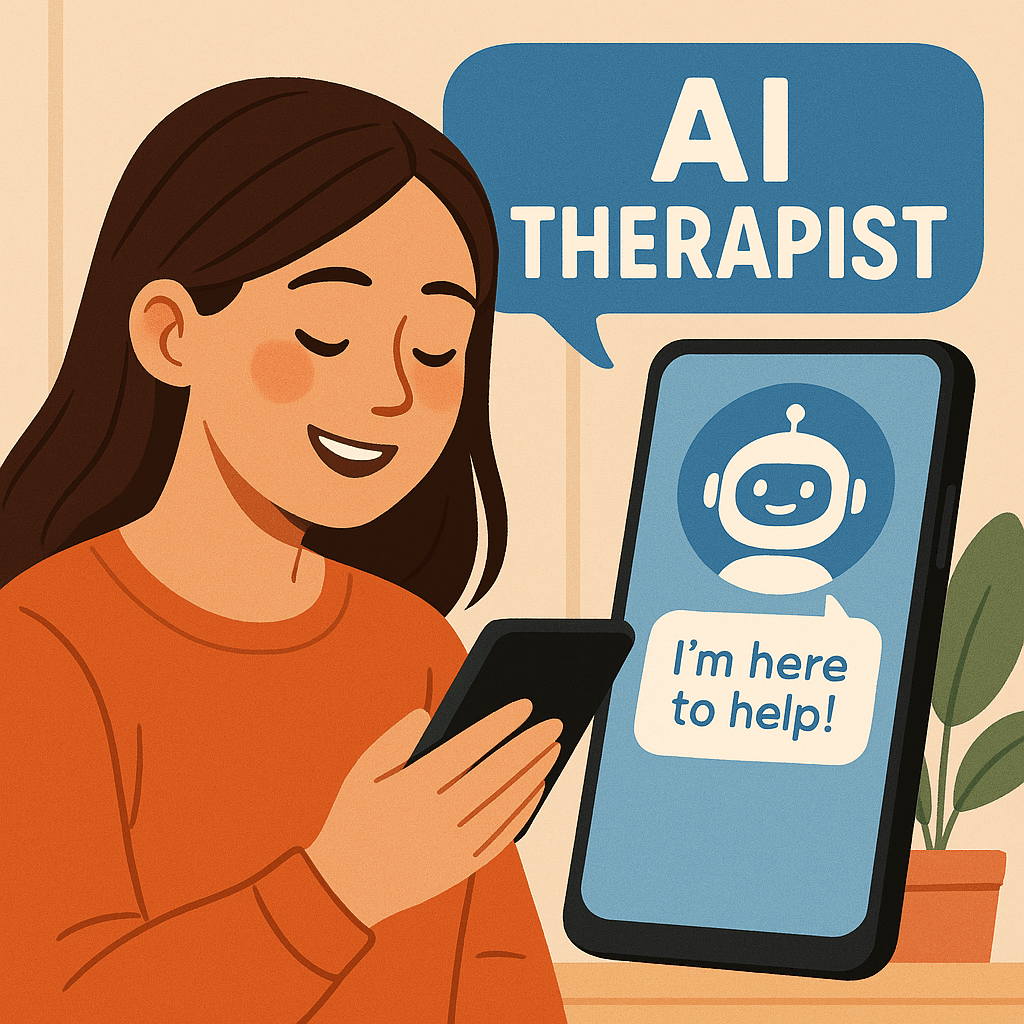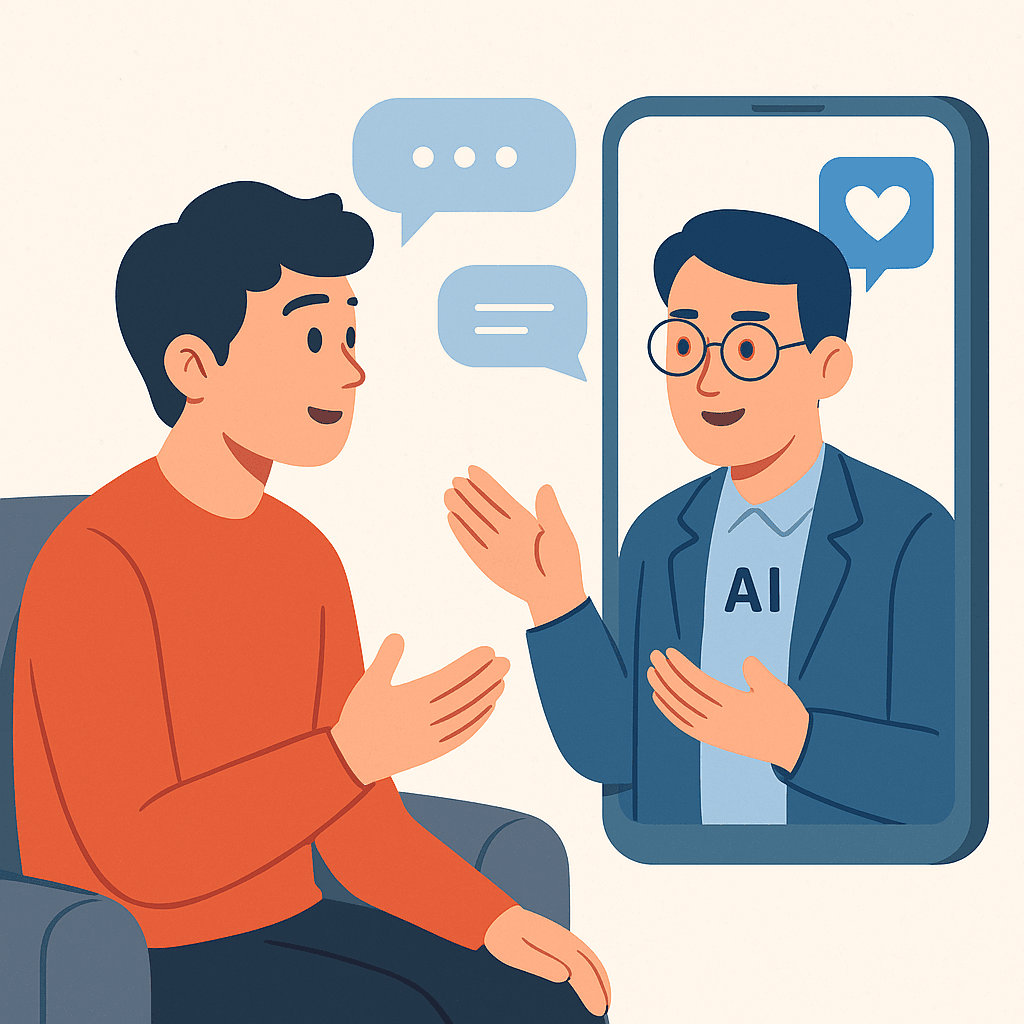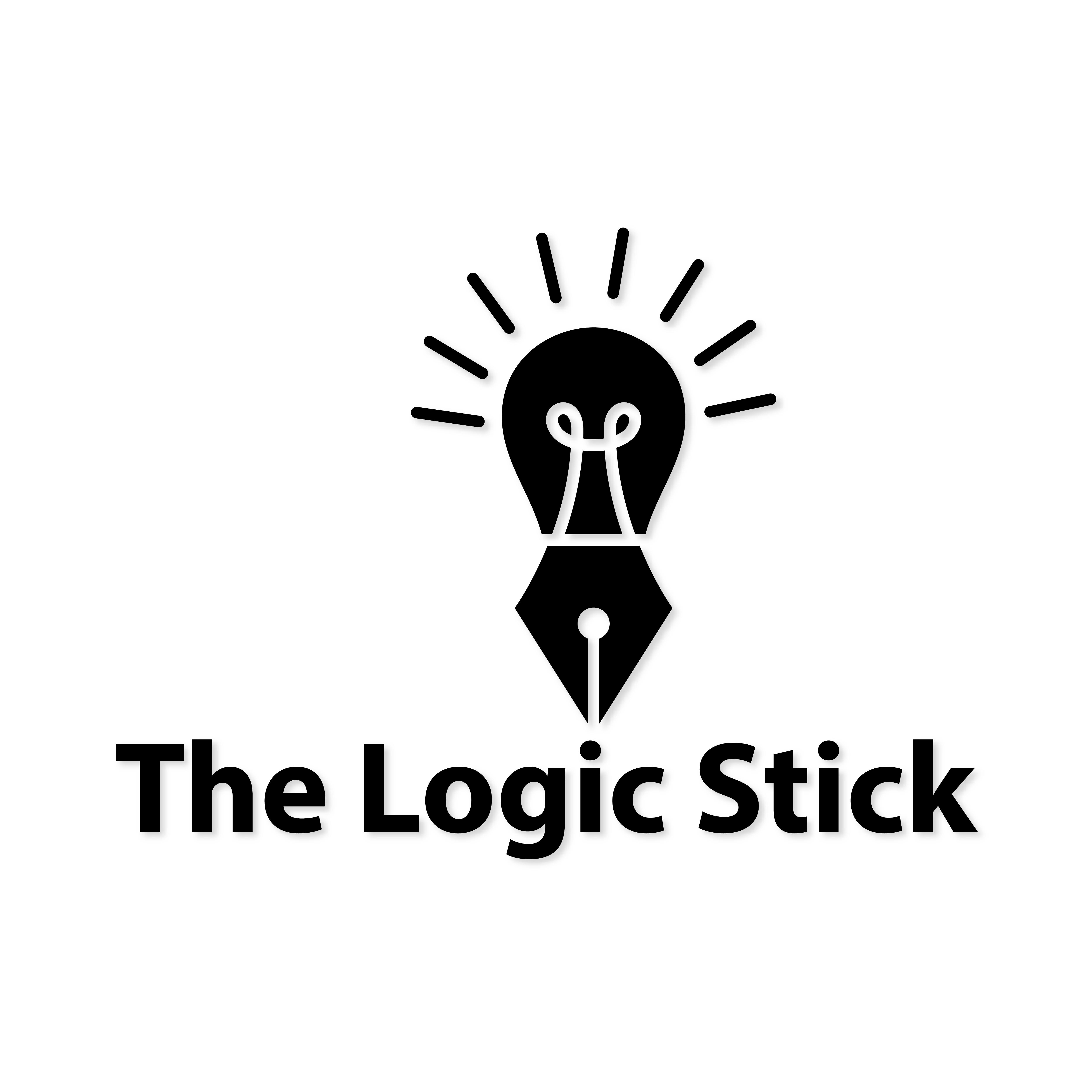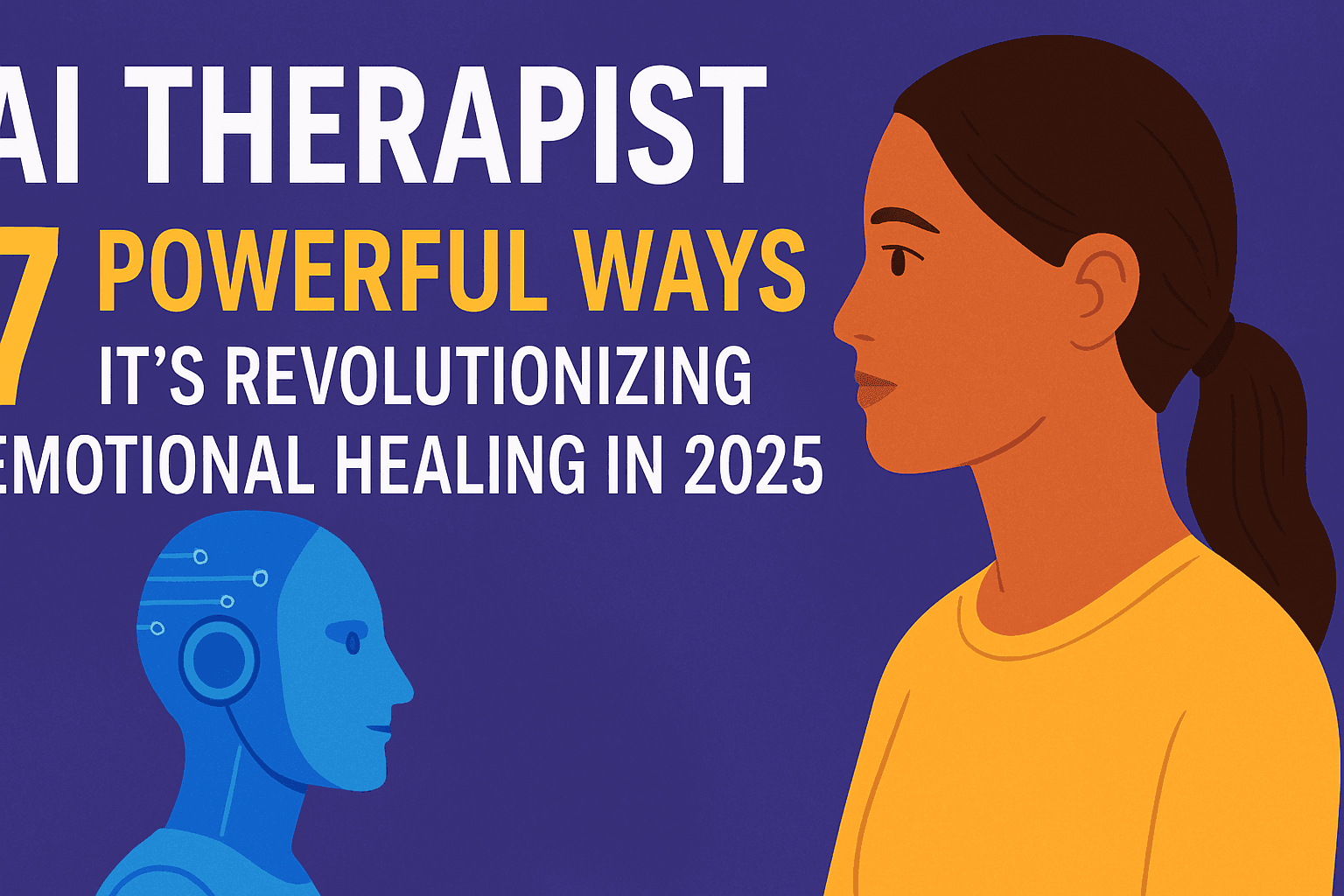In a hyperconnected world where burnout, stress, and digital overload are everyday realities, a silent revolution is emerging at the intersection of artificial intelligence and emotional well-being called the AI Therapist.

Once confined to data crunching and automation, is now playing therapist. Welcome to the rise of Emotional Tech, where empathy is coded, and healing is just a conversation away with a bot.
Understanding Emotional Tech: What Is It?
Emotional Tech refers to the use of artificial intelligence (AI), machine learning, and natural language processing (NLP) to interpret, respond to, and support human emotions. These tools simulate emotional intelligence and create systems that understand mood, tone, and psychological cues — giving users a sense of being heard, supported, and even healed.
The scope of Emotional Tech spans mental health chatbots, mood-tracking apps, sentiment-analysis wearables, and even AI-powered journaling platforms. These technologies are gaining ground, especially among digital natives and millennials who crave mental clarity but often lack time or resources to seek traditional therapy.
One study published in JMIR Mental Health (2022) found that conversational AI tools reduced depression symptoms in participants by 30% over six weeks, demonstrating how powerful and scalable these solutions can be.
Why the Shift Toward AI Therapists?
- Mental Health Crisis Post-Pandemic The COVID-19 pandemic triggered a mental health crisis. Depression, anxiety, and loneliness skyrocketed globally. According to WHO, the pandemic caused a 25% increase in anxiety and depression worldwide. As professional therapists struggled to meet demand, AI-based mental health tools emerged as accessible and affordable options.
- Stigma Around Therapy In many cultures, including India, seeking therapy is still taboo. AI offers a non-judgmental, anonymous alternative that allows users to open up without fear of societal perception.
- Always Available, Always Listening AI doesn’t sleep. These tools provide 24/7 support, ideal for people battling insomnia, late-night anxiety, or emotional distress during off-clinic hours.
- Cost-Effective Solutions Traditional therapy can be expensive and hard to access. Emotional Tech democratizes therapy by offering low-cost or freemium models that scale to millions.
The Tools Leading the Way
Here are some of the most notable platforms transforming the emotional tech landscape:
| Platform | Core Offering | What Makes It Unique |
|---|---|---|
| Replika | AI chatbot companion | Customizable personality and relationship style |
| Wysa | AI-driven mental health support | Blends AI with human therapists and CBT techniques |
| Woebot | CBT-based chatbot | Grounded in clinical psychology; designed by Stanford psychologists |
| Youper | Emotional health assistant | Uses AI to track moods and provide tailored meditations |
| Koko | Human-AI empathy hybrid | Community-based responses with AI-enhanced guidance |
These platforms use a mix of NLP, behavioral science, and cognitive-behavioral therapy (CBT) principles to simulate helpful conversations and interventions.

Also read – Top 10 Emerging 2 Tier Cities In India
What Can These AI Therapists Do?
AI therapists aren’t here to replace human professionals — but they can act as first responders for emotional distress. Some of their capabilities include:
- Active Listening: Responding to your inputs with emotional awareness
- Mood Analysis: Identifying trends in your feelings over time
- Guided CBT Techniques: Offering strategies to counter negative thought loops
- Mindfulness and Meditation: Guiding users through breathing or meditation exercises
- Check-ins and Journaling: Encouraging regular reflection through prompts
These AI-powered tools make emotional well-being a daily habit rather than a bi-weekly appointment.
The Science Behind AI Empathy
While AI doesn’t “feel,” it can understand emotion patterns using affective computing. This technology recognizes facial expressions, voice inflection, and word choice to interpret a person’s emotional state. Some newer platforms even integrate biometric feedback from wearables to offer real-time insights into a user’s mental state.
In a 2023 report by MIT Technology Review, affective computing was highlighted as one of the top innovations likely to shape the mental health landscape over the next decade.
Over time, these systems “learn” about the user and provide increasingly personalized advice. In some cases, AI can flag emotional triggers that even users themselves may not be aware of — acting as an emotional mirror.
Also read – Mental Health Crisis Post-Pandemic
Global and Indian Adoption Trends
India, with its growing middle class and smartphone penetration, is witnessing increased use of AI mental health platforms. Wysa, an Indian-born startup, is one of the leading players globally in this space. Available in multiple languages and tuned to local cultural sensitivities, such platforms are proving to be especially helpful in tier-2 and tier-3 cities where mental health professionals are scarce.
In the West, AI therapists have found early adopters in the US, UK, and Canada — all facing shortages in licensed mental health professionals. With increasing investment in mental health startups, the global emotional AI market is projected to exceed $40 billion by 2027.
The Dark Side: Concerns & Criticism
As promising as Emotional Tech is, it’s not without its criticisms and ethical red flags:
- Privacy Concerns: How is emotional data stored? Who has access?
- Emotional Dependency: Could users grow emotionally reliant on bots?
- Lack of Human Nuance: Bots can misinterpret complex or traumatic inputs.
- Commercialization of Mental Health: There’s a thin line between helping and exploiting users emotionally for profit.
This is why many platforms include disclaimers and actively promote hybrid models where users can also reach human therapists.
A study published in Nature Machine Intelligence (2024) cautioned about AI therapy apps potentially reinforcing cognitive biases due to lack of human correction, further emphasizing the need for hybrid support.
What the Future Looks Like: AI + Wearables + Biofeedback
Emotional Tech is evolving to become more predictive than reactive. Integration with wearables like smartwatches, rings, or fitness trackers allows AI to access your heart rate, sleep cycle, and stress levels — using this data to suggest actionable solutions in real-time.
Example: You’ve had a poor night’s sleep, your heart rate variability signals stress, and your smartwatch notices frequent fidgeting. Your AI companion might suggest a breathing exercise or even initiate a light-hearted conversation to lift your mood.
Imagine Siri or Alexa not just scheduling your meetings, but also checking on your emotional wellness.
Should You Try an AI Therapist?
If you’re tech-savvy, open-minded, and seeking low-barrier support for your mental health, AI therapy might be a good place to start. Here’s how to use it responsibly:
- Use it as a complement, not a replacement for therapy
- Look for apps with strong privacy and data policies
- Be mindful of your emotional responses and check for dependency
- Stay open to transitioning to human therapy when needed
Conclusion: From Taboo to Tech-Supported Healing
AI-powered emotional tools are breaking down the barriers of stigma, geography, and affordability. While not a cure-all, they’re fast becoming essential companions in a world that’s emotionally overwhelmed.
The therapist of tomorrow might not sit across a room in a cozy armchair — it might be in your pocket, quietly learning how to be there for you, one conversation at a time.






